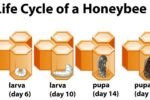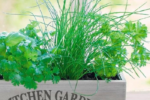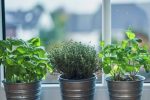Honey Bee Farming – How to Create a Honey Bee Garden

You can create your own honey bee garden in your backyard or flower bed by planting native plants that pollinate your flowers. Whether you’re planning to raise honey bees or simply want a garden to attract other beneficial insects, you can incorporate bee friendly planting into your backyard. There are several steps to creating a bee-friendly garden, including selecting the right plants and providing the right amount of water. Here are some helpful tips for creating a bee-friendly garden.
One of the most important things to do is to plant a variety of plants and cluster similar varieties of flowers together. This will create a perfect bee garden for your backyard. Additionally, planting a few plants that bloom continuously will attract more bees. By adding a variety of plants, you can attract more bees to your garden. Try to make sure that the flowers have a long cycle and successive blooms. Incorporating all of these factors will make your garden a success.
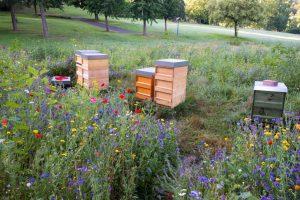
Creating a bee garden is easy if you know what to look for. While you can grow any type of flower, remember that not every type of flower will provide nectar for the bees. You can also choose not to plant any plants that do not require pollination, such as a plant that does not need a specific insect to grow. Another tip is to plant flowers with long throats, which are preferred by hummingbirds and long tongued butterflies. Then, you can attract bees and other beneficial insects to your yard.
A simple solitary bee house is also important. A simple cane or small piece of wood can provide the structure you need. If you do not have time to make one yourself, you can purchase one that is ready to use. A good place for your solitary bee to live is near a large amount of flowering plants. They need plenty of light to survive and reproduce. The best place for their house is directly under the sun.
A living bee hive is the centerpiece of a Honey Bee Garden exhibit. Visitors get the inside scoop on bee colonies and how they work with plants and people to produce honey. The exhibit is an essential part of any honey bee’s life cycle and is a must-see for the avid beekeeper. It also gives you a great way to share your passion for beekeeping. You can even donate a queen to a local charity.
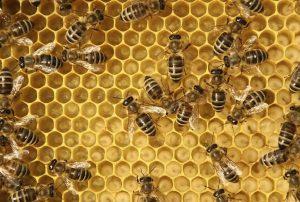
A honey bee garden is a must for anyone wanting to raise a hive in their yard. Whether you’re a newbie or experienced gardener, the goal of your honey bee garden is to attract more bees to your garden. In addition to flowers, you should also plant native wildflowers and berries. The queen bees do not clean their own hives, but they are vital for your honeybees.
Many types of plants will benefit your honey bee garden. Sage, for example, is a popular plant for bees, with its long, purple flowers and sweet pollen. The flowers of snowdrops are a wonderful springtime flower, and are often a great choice for honey bees. The perennial, shrubby lavender is a good choice for a Honey bee garden. While you’re planning your garden, be sure to include several different types of flowers.
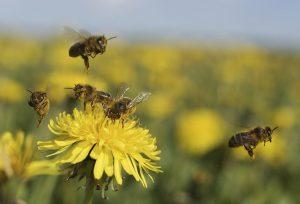
Plants with flowering periods that last for a few months. For example, the flowers of siberian squill and snowdrops attract bees. The seeds of these plants will attract honeybees to your garden. In addition, you should include a few plants that are native to your area, if possible. This will encourage the bees to visit your area. You can also create a garden with a variety of flowering bulbs and other plants.
A good garden will attract bees throughout the year. It is ideal to plant flowers that are native to your area. You should choose plants that are suitable for both types of bees. Besides bees, you should also consider the health of your pets. Those with allergies should be treated with antihistamines. Your pet should be given plenty of water as well. Your honey bees will be happy! If your home has more than one type of flower, be sure to add it.



